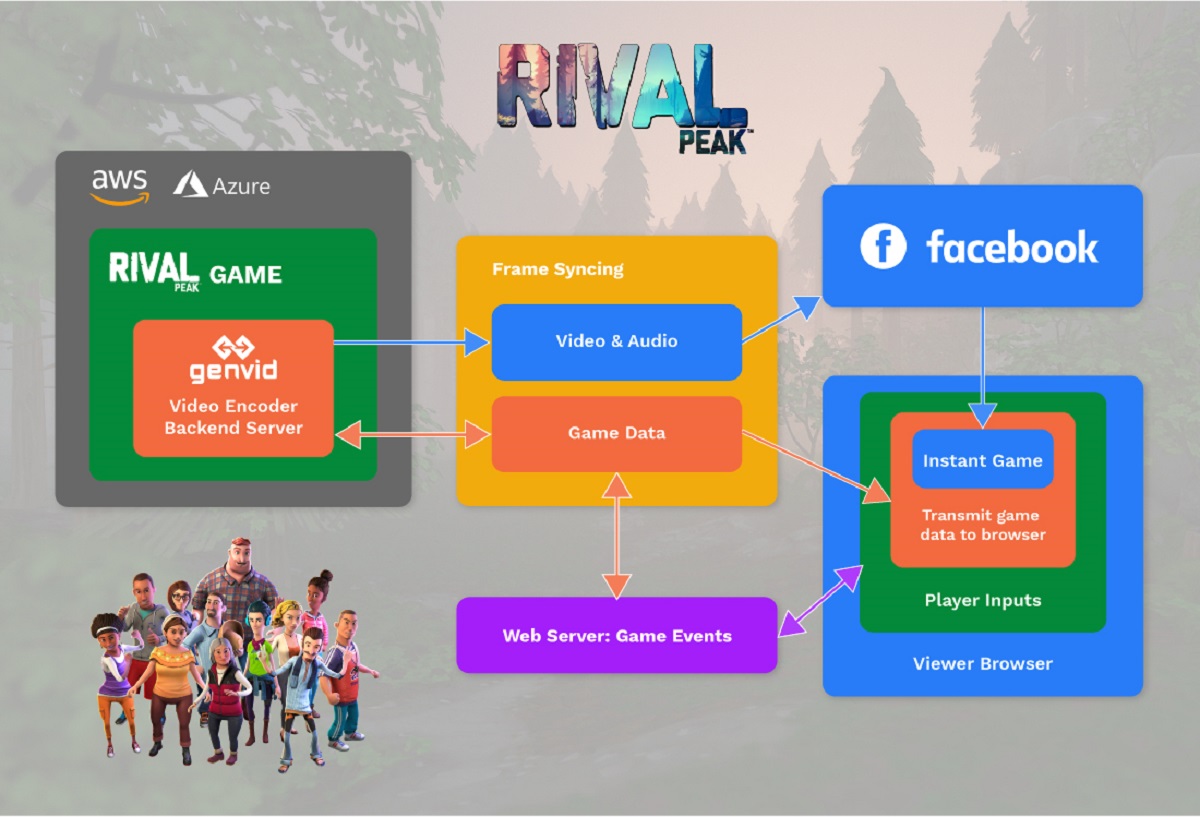Genvid Holdings has raised $113 million to fuel massive interactive live events such as the upcoming Project Raven.
If you’re wondering what massive interactive live events (MILEs) are, then you’re not alone. They’re part-game, part-TV show. Genvid gave us a taste of it this spring with Rival Peak, an online show on Facebook where spectators could determine the fates of 12 AI characters who competed against each other in a Survivor style show. Rival Peak surpassed more than 100 million minutes watched for its first 12-week season.

Unlock premium content and VIP community perks with GB M A X!
Join now to enjoy our free and premium membership perks.
![]()

![]()